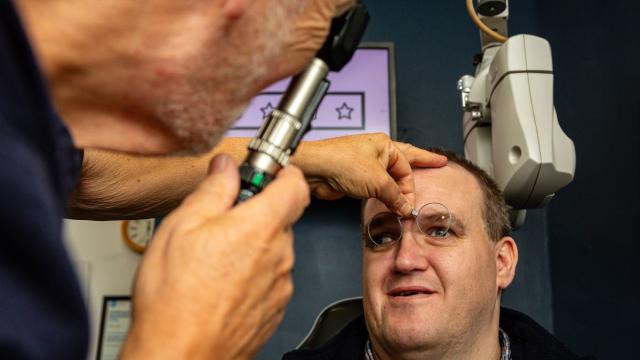LOCSU pathway (easy read)
Easy read fact sheet on how people with learning disabilities can get the right help for their eyes.
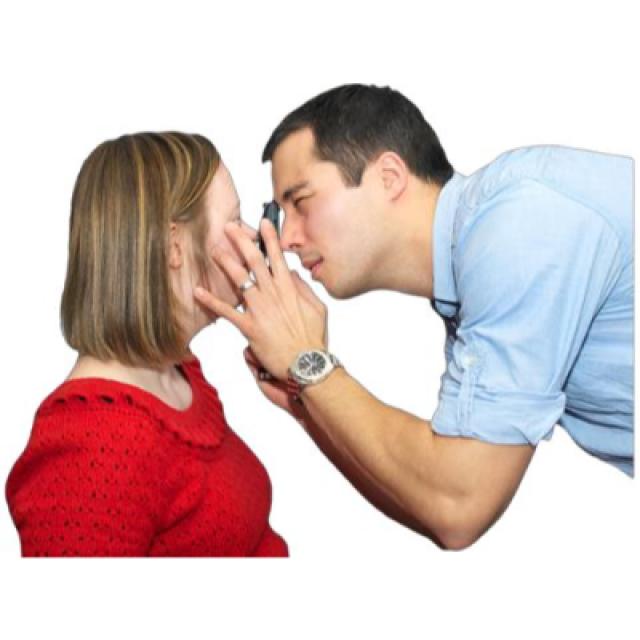
This factsheet has been written by opticians and other people interested in eye care.
Opticians test your eyes. They are also called optometrists.
We call them opticians in this factsheet.
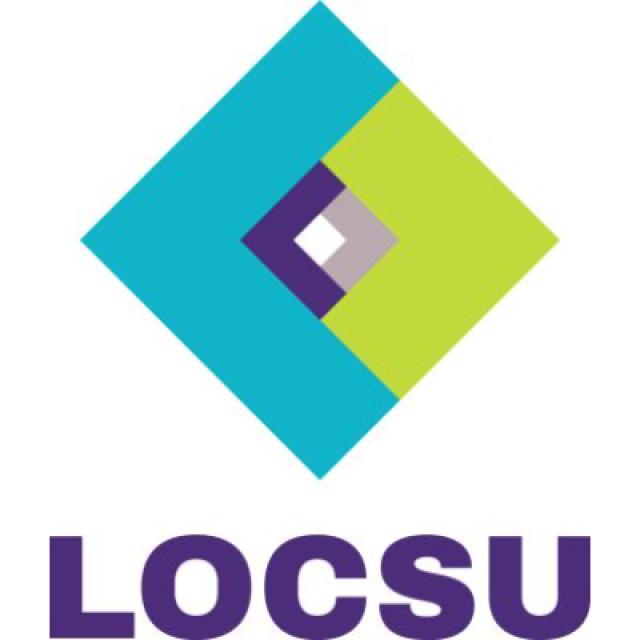
LOCSU is the Local Optical Committee Support Unit.
This group helps opticians in England.
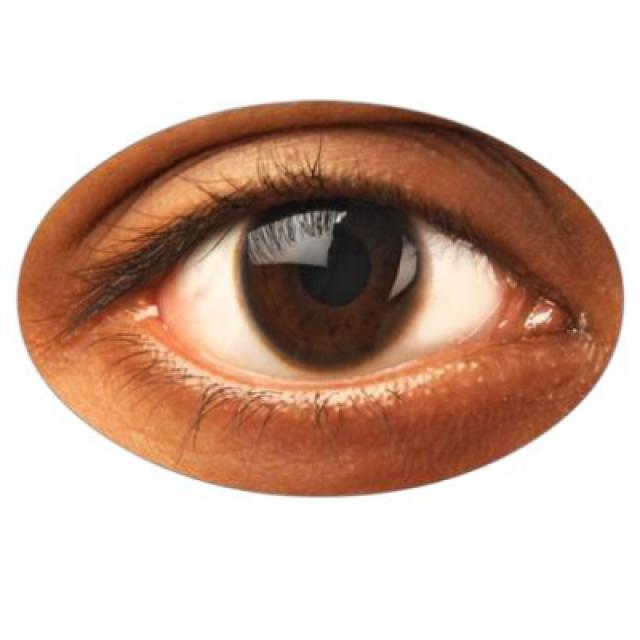
A pathway is a word to describe what needs to happen for people to get the support they need.
The LOCSU pathway is about what needs to happen for people to get good eye care.
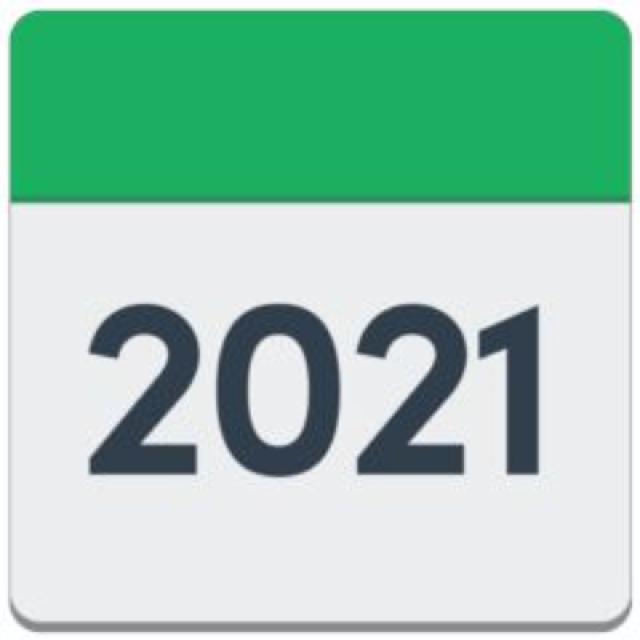
The pathway says that everyone should have an eye test every two years.
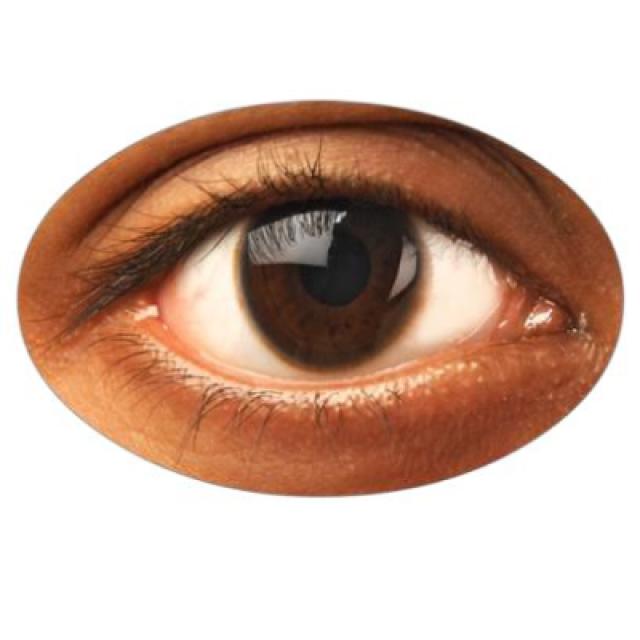
An eye test helps someone to have healthy eyes and to see well.
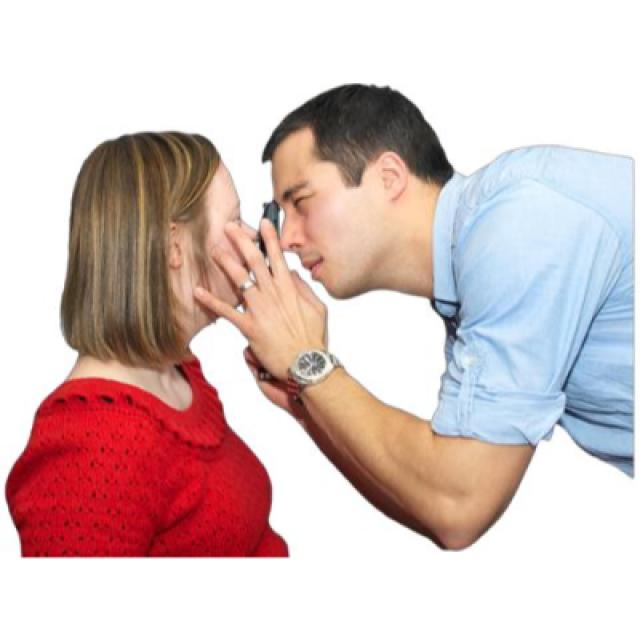
The pathway will help people with learning disabilities to get good eye care.

Adults with learning disabilities are 10 times more likely to have serious sight problems than other people.

People with very high support needs are most likely to have sight problems.

Supporters, carers and teachers often think that people can see very well.

Regular eye tests and wearing glasses helps people stay healthy and get the most from life.

People may find the eye test hard if they don’t know what is going to happen.

Communication can be difficult in eye tests for people with learning disabilities.

People have the right to have reasonable adjustments in place like using pictures instead of letters.
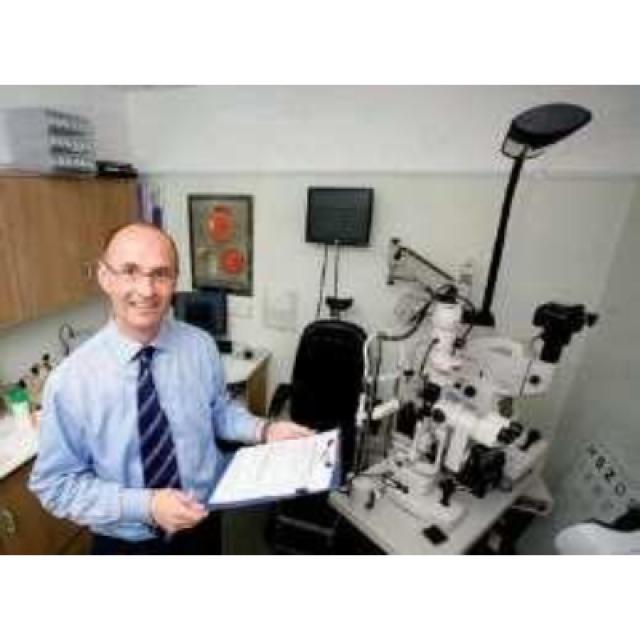
There will be a list of opticians who are part of the pathway.

Choose which optician to visit.
If you cannot go to the optician, you can have an eye test at home.
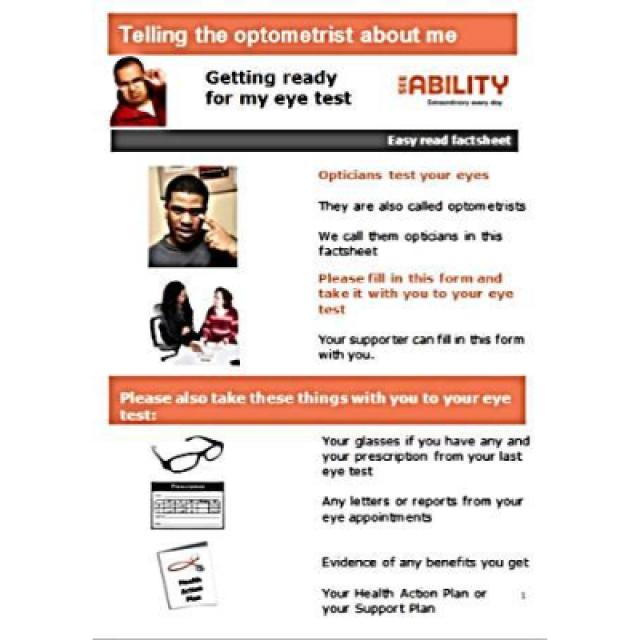
Fill in SeeAbility’s “Telling the optometrist about me” form.
This information will help the optician and help you to prepare for your visit to the optician.

Have your eye test.
The optician can do the eye test in different ways.
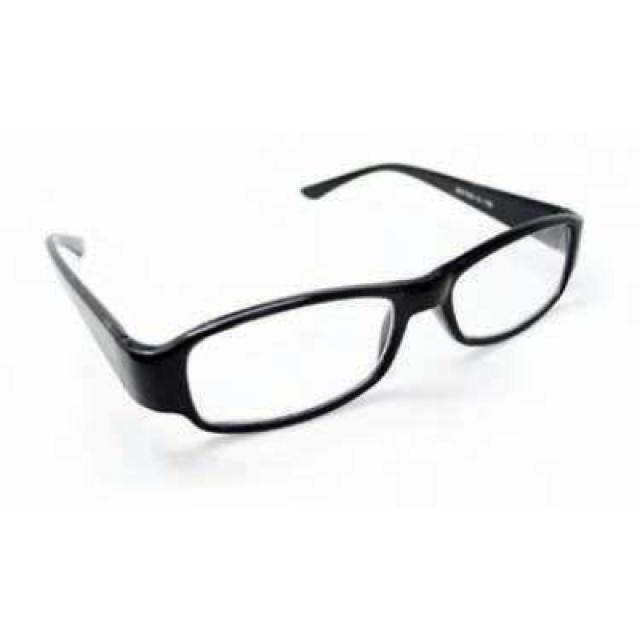
You might need glasses to help you see better.

You might need to pay some money for your glasses.
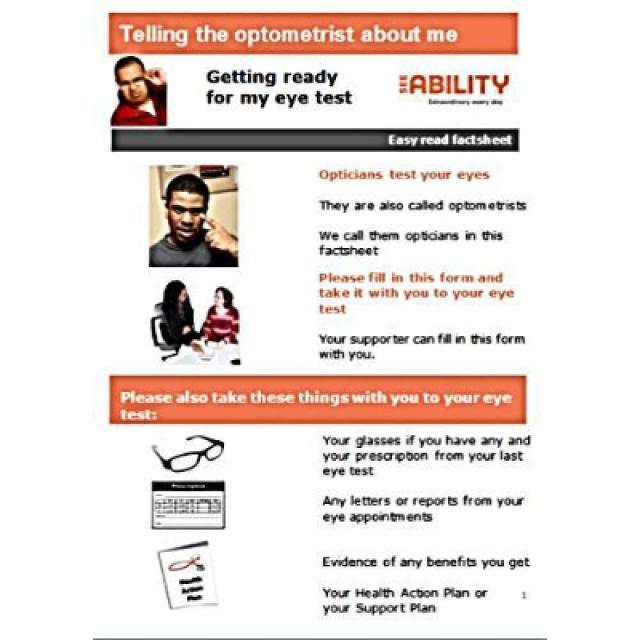
The optician will give you your “Feedback from the optometrist” form.
This is the results of your eye test.
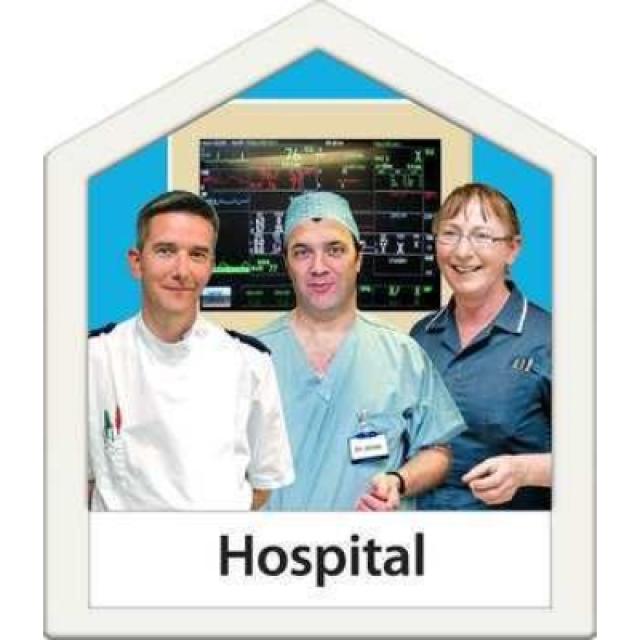
If you have an eye problem the optician can arrange for you to see an eye doctor at the hospital.
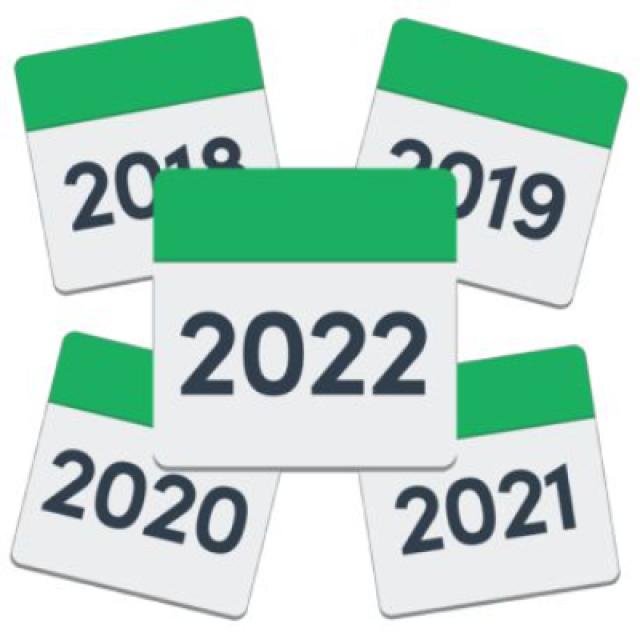
The optician will tell you when to come back for your next eye test.
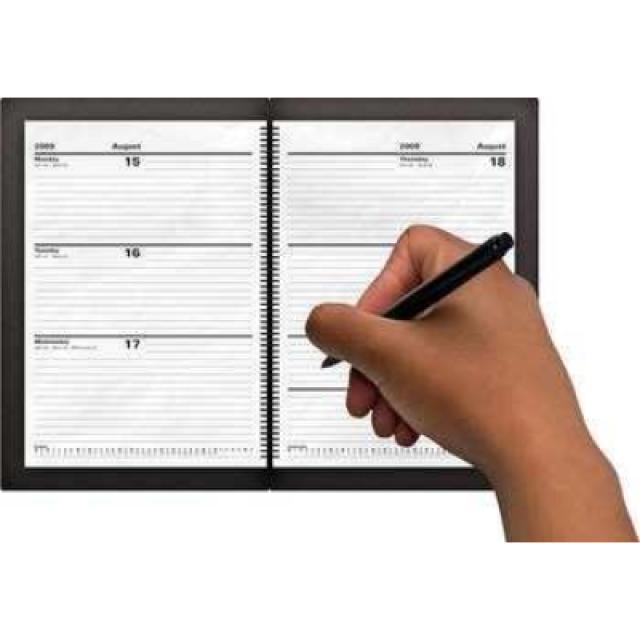
Remember to put the date in your diary.

The opticians are trained to work with people with learning disabilities.
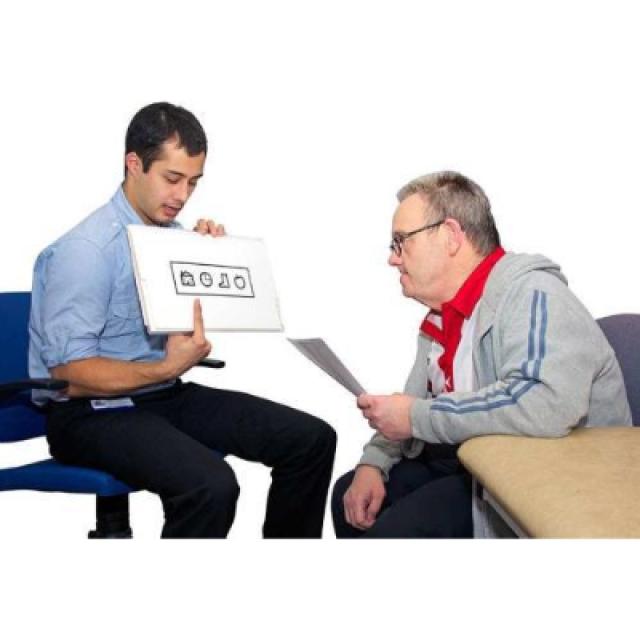
The opticians are trained to work with people with learning disabilities.
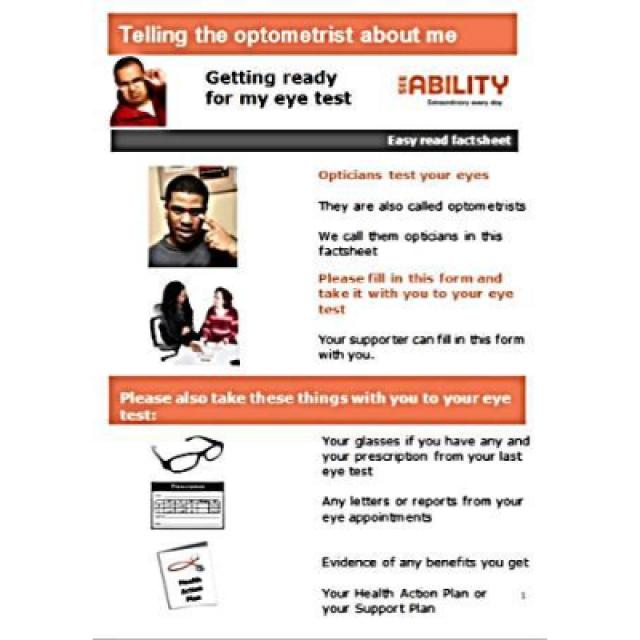
Using SeeAbility’s “Telling the optometrist about me” form helps you to prepare for your visit.
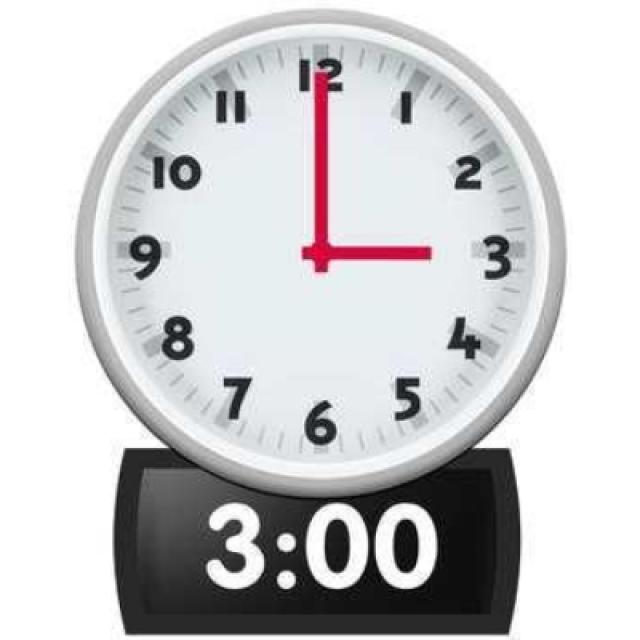
You will be able to have a longer appointment.
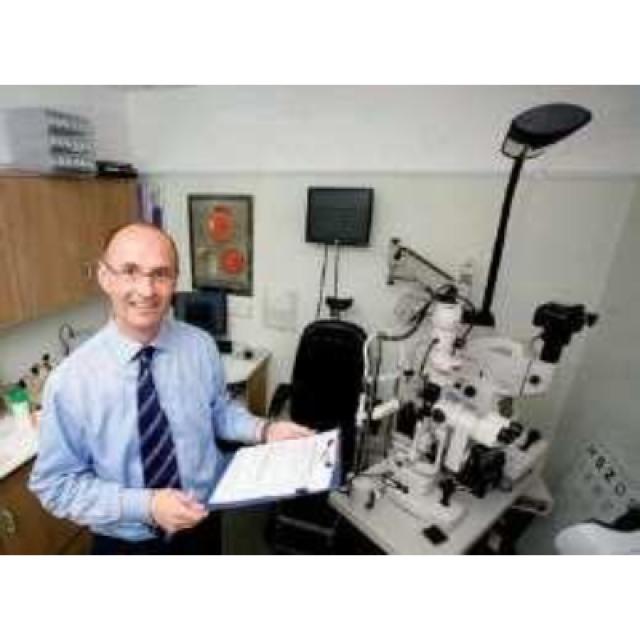
The optician will be paid more money for your appointment.
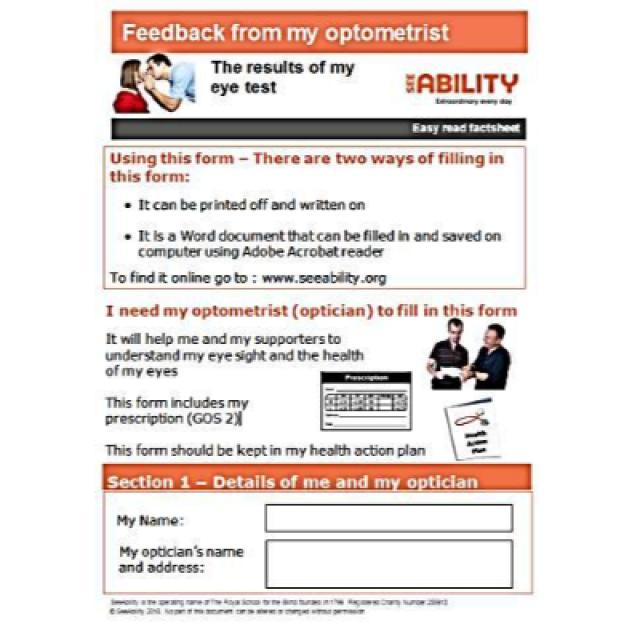
Using SeeAbility’s “Feedback from the optometrist” form will help you to understand the results of your eye test.
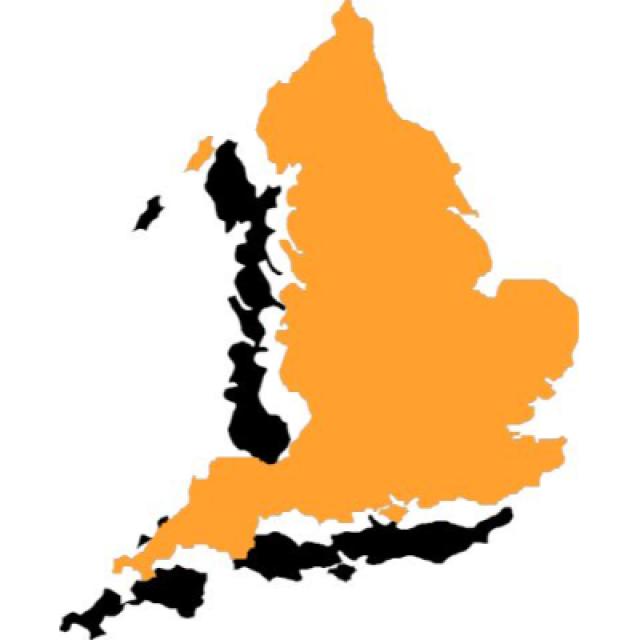
Any local area can set up the eye care pathway.
It costs money to set up the pathway.

To set up a pathway you can contact your local Clinical Commissioning Group.
This group is also called a CCG.

Clinical Commissioning Groups choose what local services to have.

You can also contact your Local Optical Committee (LOC).
This is a group of opticians that meet in your local area.

You can ask your LOC about having the pathway in your area.
You can tell them what you think about eye tests in your area.
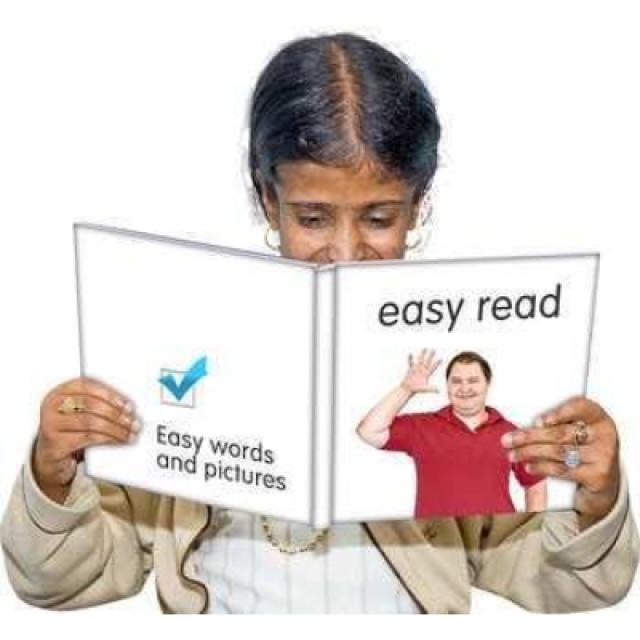
For more information view our eye care section.


